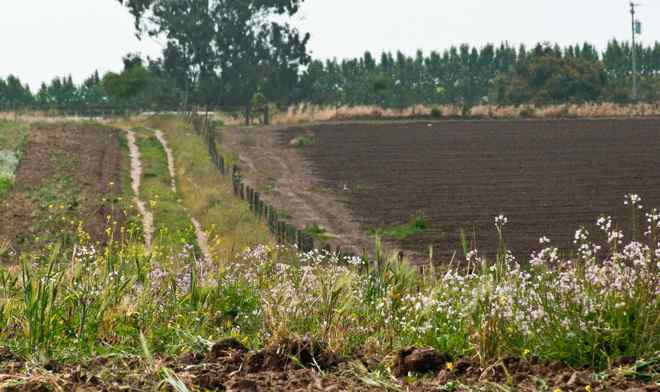The United Nations declared 2014 the International Year of Family Farming (IYFF) to highlight the importance of family and smallholder farmers. Food Tank is partnering with the U.N. Food and Agriculture Organization (FAO) to commemorate IYFF, and will feature weekly posts and other media highlighting the innovations that family farmers are using to alleviate hunger, poverty, and environmental degradation along with the campaigns and policies that support them.
The North Central chapter of Sustainable Agriculture Research & Education (SARE) recently released a report outlining positive results from a survey on cover cropping practices. The report reviewed survey answers sent in from over 750 farmers across the United States.
According to SARE, planting cover crops in between cash crops has a variety of economic and environmental benefits. Cover crops help to improve nutrient cycles and reduce soil compaction and erosion. The improvements to soil health translate into economic benefits by way of reduced fertilizer needs, lowered pest and weed pressure, and improved yields.
Indeed, farmers reported higher yields on fields that had been cover-cropped the year before. These statistics came from a year of severe drought, suggesting that cover cropping not only helps to improve yield under normal conditions, but also mitigates drought damage. According to the report, “Water held in the soil by the shading action of cover crops, and the additional moisture-holding capacity of soils in which long-term… conservation practices have increased soil organic matter, likely accounted for much of the yield gain.” Indeed, the longer farmers practiced cover cropping, the more yield gain they experienced.
While the report did not comment on causality, improved yield and soil health likely contributed to an increase in overall acreage under cover crop: the survey revealed that total “acreage of cover crops among farmers surveyed increased 350 percent from 2008 to 2012.”
There is some self-selection of farmers with positive cover crop experience; farmers who have discontinued cover cropping were not included in the survey. Cover crops have had limited success in semi-arid climates; the University of Nebraska reported that the economic cost of production outweigh any benefits, and an Agricultural Research Service study found no long-term improvement to soil health in semi-arid climates that used cover crops.
Climate and other conditions may impact the effect of cover crops, but for the 750 farmers participating in this survey, the economic and environmental results are clear, as evidenced by reported yield improvements and positive feedback on soil health.













